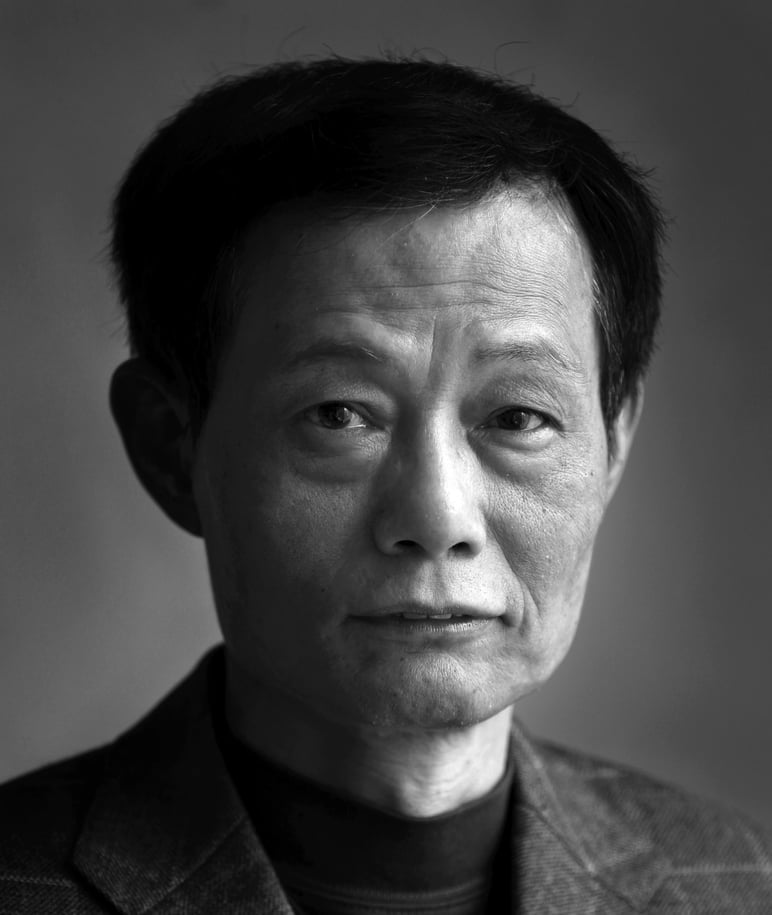
What will China give up in 2017 for the stability it seeks?
Cary Huang says its leadership reshuffle will add more uncertainty to an economy already buffeted by strong headwinds, and some trade-offs – between maintaining economic health and political objectives – cannot be avoided
China faces a potentially more volatile 2017, as the impact of a series of developments in the past year gradually begin to show.
The country’s outlook is subject to a host of uncertain factors. Internally, nothing could play a bigger role than politics, thanks to a crucial five-yearly party enclave. Externally, a new US administration with an isolationist and protectionist agenda will soon take office, and the Brexit process will formally start.
The 19th national congress of the Chinese Communist Party this autumn will see a major reshuffle of party leadership, followed by a five-yearly government overhaul in early 2018. Unwritten rules require that five of the seven Politburo Standing Committee members – barring President Xi Jinping ( 習近平 ) and Premier Li Keqiang (李克強) – step down, since they will have reached the unofficial retirement age of 68. Another six members of the 25-man Politburo are also expected to leave office. But there is greater uncertainty this year as there is speculation that Xi will break some party rules to try to consolidate power.
Even Xi Jinping would struggle to change Communist Party’s unspoken code

Why you shouldn’t believe the horror stories about China’s economy
Economically, the nation faces a hard choice. It can push ahead with market reform to try to regain its long-term growth momentum, thereby risking instability. Or, it can choose to shore up short-term stability, in which case it faces a slow descent into economic stagnation and the middle-income trap.
If the party wishes to maintain its monopoly on power, some trade-offs are needed between achieving economic health and political objectives.
If the party wishes to maintain its monopoly on power, some trade-offs are needed
At this politically sensitive time, it seems likely the leadership will choose stability over reform. At the recent annual Central Economic Work Conference, stability emerged as a top priority.
Diplomatically, Beijing also has a challenge on its hands: it must learn to effectively deal with a potentially combative US administration led by Donald Trump, who has threatened to declare China a “currency manipulator” and levy a 45 per cent import tariff on Chinese goods.
The economy will also begin to feel the negative effects of Brexit, which will grow more apparent in the months ahead. Elections in Germany, France and other European countries, and the political change that may come as a result, will also be a challenge.
Once a key driver of the world economy, China’s economic expansion has slowed significantly from the double-digit GDP growth of years past to around 6.7 per cent this year, the weakest in a quarter of a century.

China can lead in 2017, even as a slowing economy tests its grip on domestic stability
Leaders have set a target growth rate of 6.5 per cent for 2017, a figure that must be met if the country is to realise its goal of doubling its 2010 GDP and per capita income by 2020.
Yet, setting a higher growth rate is not feasible. China is beset with problems, including industrial overcapacity and high debt levels (at 260 per cent of its annual GDP). If it sets a growth rate that is too high, it would undermine the country’s financial stability and weaken its fiscal sustainability,
Policymakers must also decide if it will allow the renminbi’s value to continue falling, at the cost of the government’s credibility, or to prop it up at great expense to the country’s reserves, while tightening capital control amid massive capital outflows.
2017 is China’s year of judgment
The biggest challenge is that the measures policymakers have long employed to stabilise the situation have only made it more difficult to control the situation now. Macro management has become more complicated amid rising internal and external tensions.
So, if the buzzword for 2017 isn’t “risk”, it will be“uncertainty” or “unpredictability”.
Cary Huang is a senior writer at the Post

